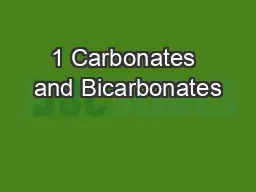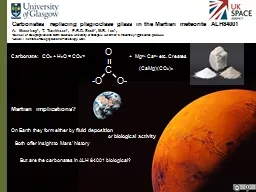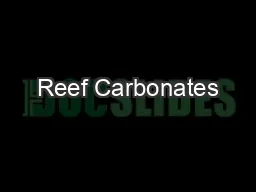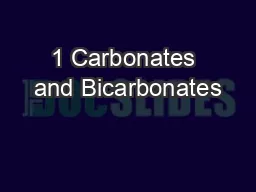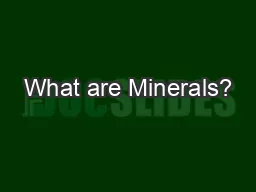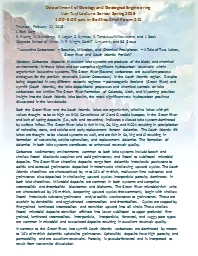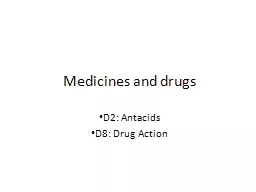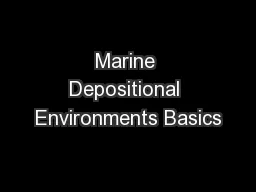PPT-1 Carbonates and Bicarbonates
Author : aaron | Published Date : 2018-03-09
GLY 4200 Lab 8 Fall 2017 2 Carbonate Stability Carbonates are minerals consisting of metallic elements bonded to the carbonate group CO 3 2 Although anionic groups
Presentation Embed Code
Download Presentation
Download Presentation The PPT/PDF document "1 Carbonates and Bicarbonates" is the property of its rightful owner. Permission is granted to download and print the materials on this website for personal, non-commercial use only, and to display it on your personal computer provided you do not modify the materials and that you retain all copyright notices contained in the materials. By downloading content from our website, you accept the terms of this agreement.
1 Carbonates and Bicarbonates: Transcript
Download Rules Of Document
"1 Carbonates and Bicarbonates"The content belongs to its owner. You may download and print it for personal use, without modification, and keep all copyright notices. By downloading, you agree to these terms.
Related Documents

